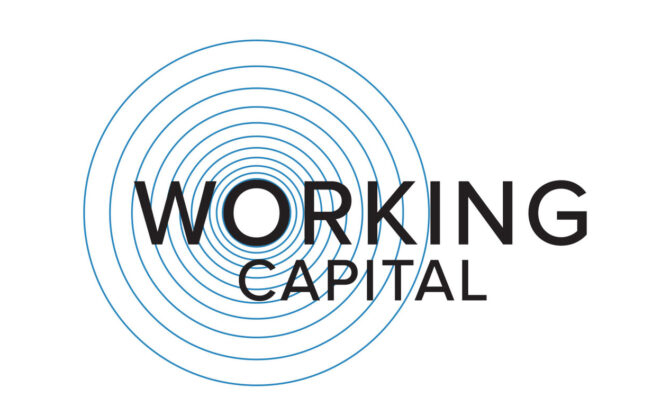
Unlocking Success: Understanding the Best Working Capital Company
In the dynamic realm of business, a firm grasp of working capital is fundamental for sustained growth and financial health. Let’s explore key aspects of working capital in a format that combines points and paragraphs.
What is Working Capital?
Working capital is the operational liquidity available to a business, calculated as the difference between current assets (like cash and receivables) and current liabilities (such as payables).Why Working Capital is Important:
Smooth operations hinge on adequate working capital, providing flexibility to seize opportunities and navigate challenges effectively. Moreover, maintaining a healthy working capital enhances the company’s credibility with stakeholders.Why Working Capital is needed:
Working capital is essential for covering short-term obligations, managing inventory levels, and servicing short-term debts promptly.How Working Capital is calculated:
The formula for working capital is straightforward: Working Capital = Current Assets – Current Liabilities. Current assets include cash, accounts receivable, and inventory, while current liabilities encompass accounts payable, short-term debt, and other obligations due within a year.The Working Capital Cycle
Efficiently managing the cycle from acquiring inventory to converting it to cash is crucial. Timely collection from customers also impacts working capital positively.Strategies for Effective Working Capital Management:
Effective management involves cash flow forecasting, negotiating favourable terms with suppliers, and ensuring timely invoicing and collection for a healthy cash flow.Challenges in Working Capital Management:
Industries with seasonal demands or those affected by economic downturns may face fluctuations in working capital. External economic factors can impact cash flow unpredictably.Impact of Technology on Working Capital:
Technology can play a pivotal role in working capital management. Automation can streamline invoicing and payment processes, while data analytics can provide valuable insights for optimal utilization.Case Study: Successful Working Capital Management:
Illustrate the concepts discussed by highlighting a real-world example of a company that effectively managed working capital for success.Conclusion: Empowering Businesses for the Future
In conclusion, working capital stands as a linchpin for business resilience and growth. The key lies in continuous monitoring and adaptation to ensure optimal working capital management. For businesses seeking the best working capital solutions in India, it’s crucial to partner with the best working capital provider company. By adopting strategies for effective working capital management, businesses can navigate challenges, capitalize on opportunities, and ensure a robust financial foundation for the future.Share

